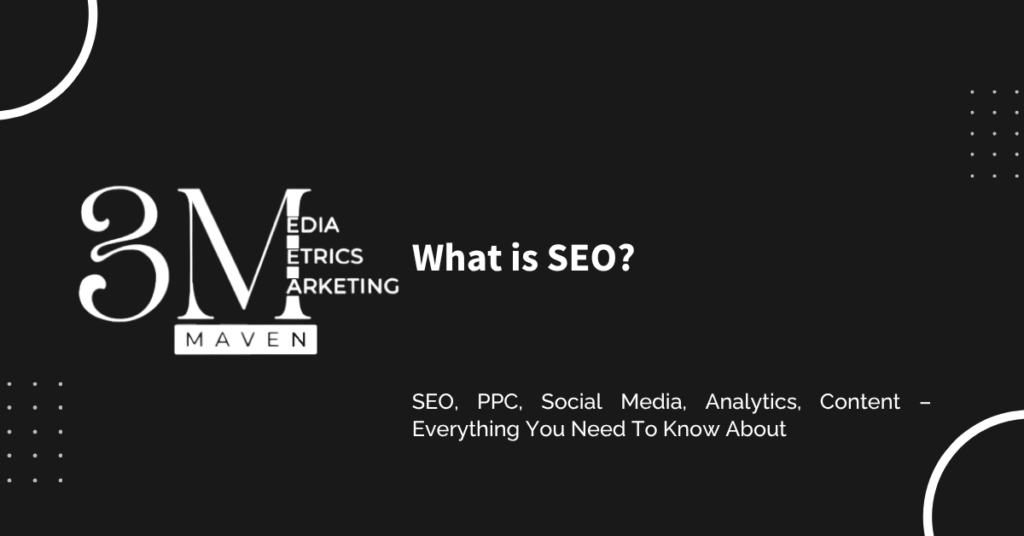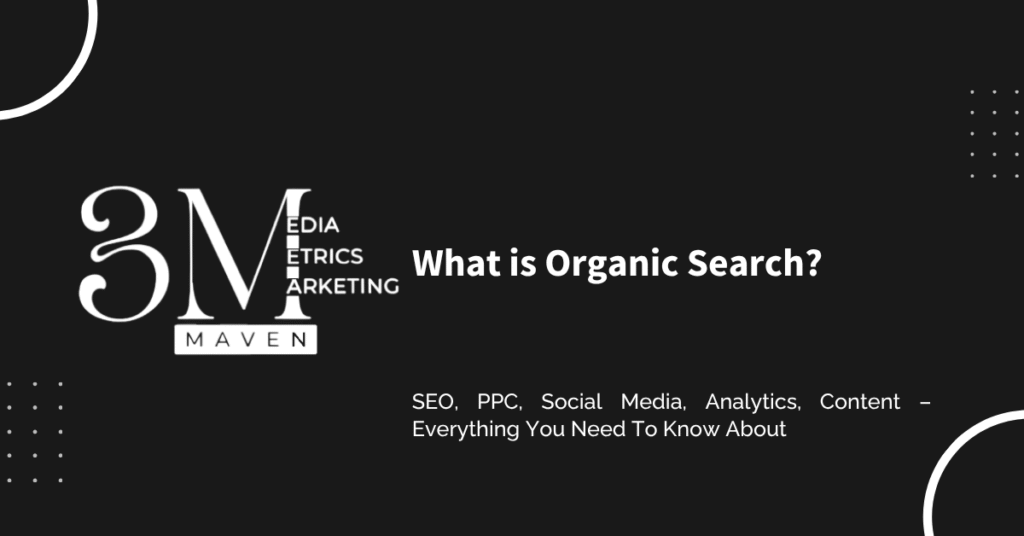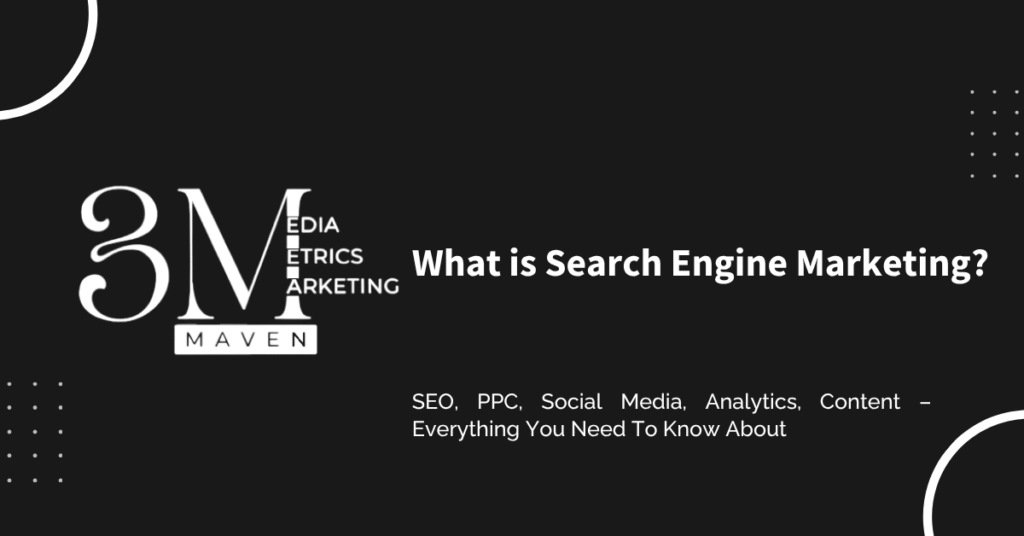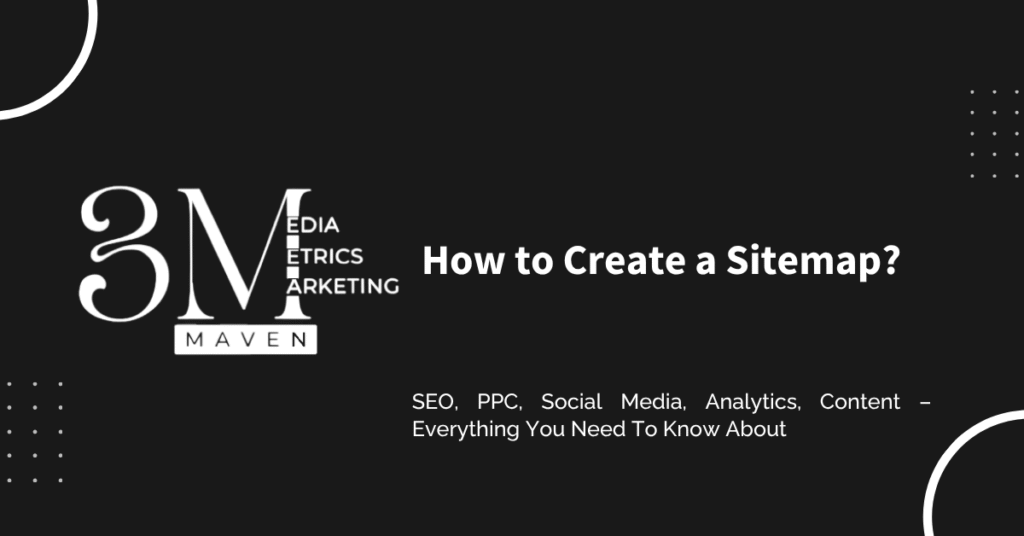What are Backlinks in SEO? & Why is it Important
What are Backlinks in SEO? & Why is it Important Backlinks are links on another website that point to your website, playing a crucial role in digital marketing strategies aimed at improving website visibility. In SEO (Search Engine Optimization), they act as a ‘vote of confidence’ from other websites. The higher the quality of backlinks you have, the higher the chances of your website ranking at the top position in the search results. Why you need Backlinks Backlinks are votes of credibility from other sites and lets search engines know that your website is credible, valuable, and useful. Therefore, the more backlinks you have, especially from high quality sites, the higher your site will rank in Google and other search engines. According to Google, backlinks are one of their top 3 most crucial search engine ranking factors. Additionally, backlinks play a role in directing organic traffic to your site. When users click these links, it takes them straight to the content on your page. This not only boosts traffic to your site, but also improves brand awareness. Benefits of Backlinks Backlinks are crucial for SEO as search engines use them to assess a page’s authority and relevance. Here are some more benefits of using backlinks: Search engines determine importance of page by use of backlinks Enhance rankings as they show value The higher quality backlinks you have, the higher you can rank Increases brand awareness Referral traffic leads to conversion How to Build Backlinks Now that you know what backlinks are and why they are crucial for a good search engine optimization strategy. Here are top ways you can get great quality backlinks: Guest Blogging: A well-known strategy to get high quality backlinks to your website. There are plenty of websites that give you an opportunity to write for them. In doing so, you can also link your website within the text or in the bio. Testimonials: If you are a user of a service of a certain company, you can write a testimonial for them, and in return link your site. Infographics: Infographics such as graphics, charts, and images, are an Important part of content creation, as they offer a simplified review of the content. Using infographics within your articles and blog posts is a simple and effective way to get backlinks. Broken Link Building: These are links that no longer work. This can be due to various reasons such as, the website removing the link, or the website has an incorrect URL. Ensure to look for these links on your competitors site and suggest them to link your website. Get Backlinks from Top Referral Sources: First off, start by searching for top referral sources on your website. These sources provide backlinks to your website. Doing this can help you know what sort of content is performing well, so you can look for new opportunities to create similar content to get more backlinks. Additionally, if you provide good quality content, others will more likely want to link to your content. Forum Discussion: There are plenty of online discussion forums where you can get backlinks. One such example is Quora, where you can answer questions to a variety of questions and add a link to your website. Conclusion Backlinks are crucial to digital marketing and SEO, as it brings valuable traffic to your site, boost organic traffic, and enhance brand awareness. Additionally, they ensure your site is helpful, trustworthy, and credible. Moreover, You’ll find no lack of opportunities for backlinks. These include guest blogging, writing testimonials, forum discussions, and more. Some tactics may require more effort and time, but it surely pays off, as it can give you great results.
What are Backlinks in SEO? & Why is it Important Read More »









